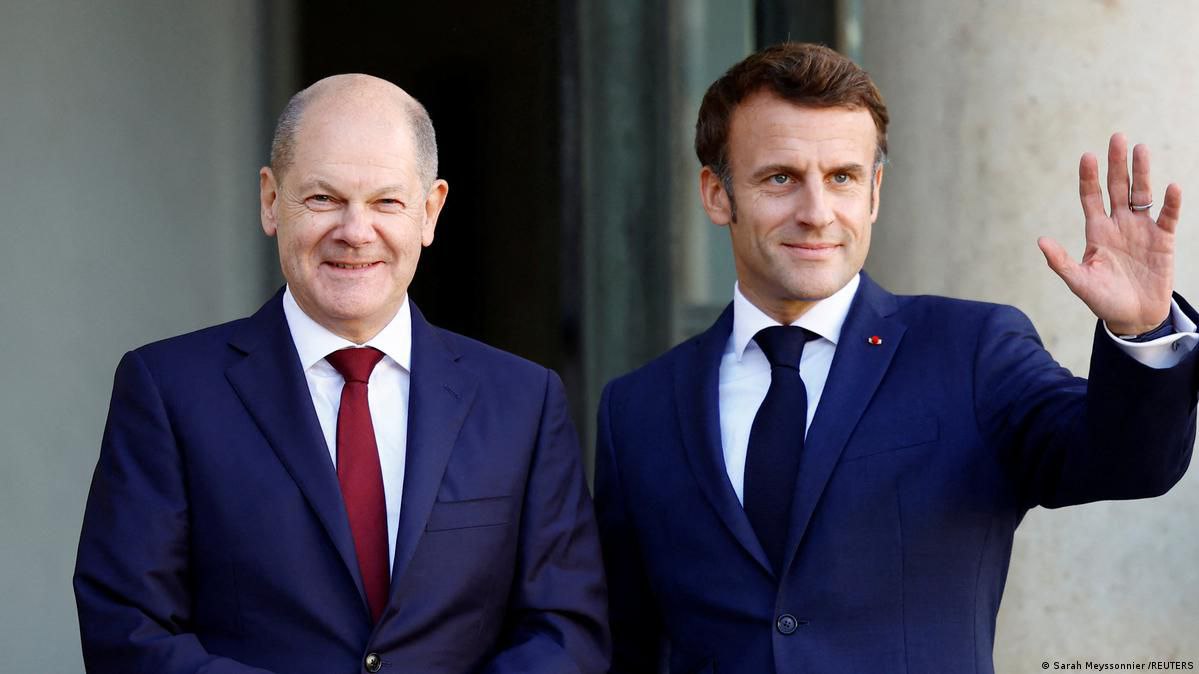The eurozone has bounced back from its shallow technical recession after a stronger than expected performance by its “big four” economies in the first three months of 2024.
After two successive quarters of 0.1% contraction in the second half of 2023, the 20 nations that use the single currency posted growth of 0.3% between January and March.Figures from the European Commission’s statistical agency – Eurostat – showed the eurozone had put in its best growth performance since the third quarter of 2022. Financial markets had been expecting 0.2% growth.
Lower energy prices, falling inflation, rising real wages and the prospect of cuts in interest rates helped to boost activity after a downbeat 2023 in which the eurozone only grew in one quarter.
Europe’s two biggest economies – Germany and France – grew by 0.2%, while Italy and Spain posted growth of 0.3% and 0.7% respectively. Germany’s performance in the final three months of 2023 was worse than originally thought: the economy contracted by 0.5% rather than 0.3%.
Of the smaller EU economies, the best performing were Ireland, which grew by 1.1% in the first three months of 2024, and Latvia, Lithuania and Hungary, which expanded by 0.8%.
Separate Eurostat data showed headline eurozone inflation remained unchanged in April at 2.4%, while core inflation – which excludes energy and food – came down from 2.9% to 2.7%.
Although the eurozone’s growth performance in the first quarter was stronger than the European Central Bank had been forecasting, analysts said lower inflation paved the way for interest rate cuts in the months ahead.
Source: The Guardian




